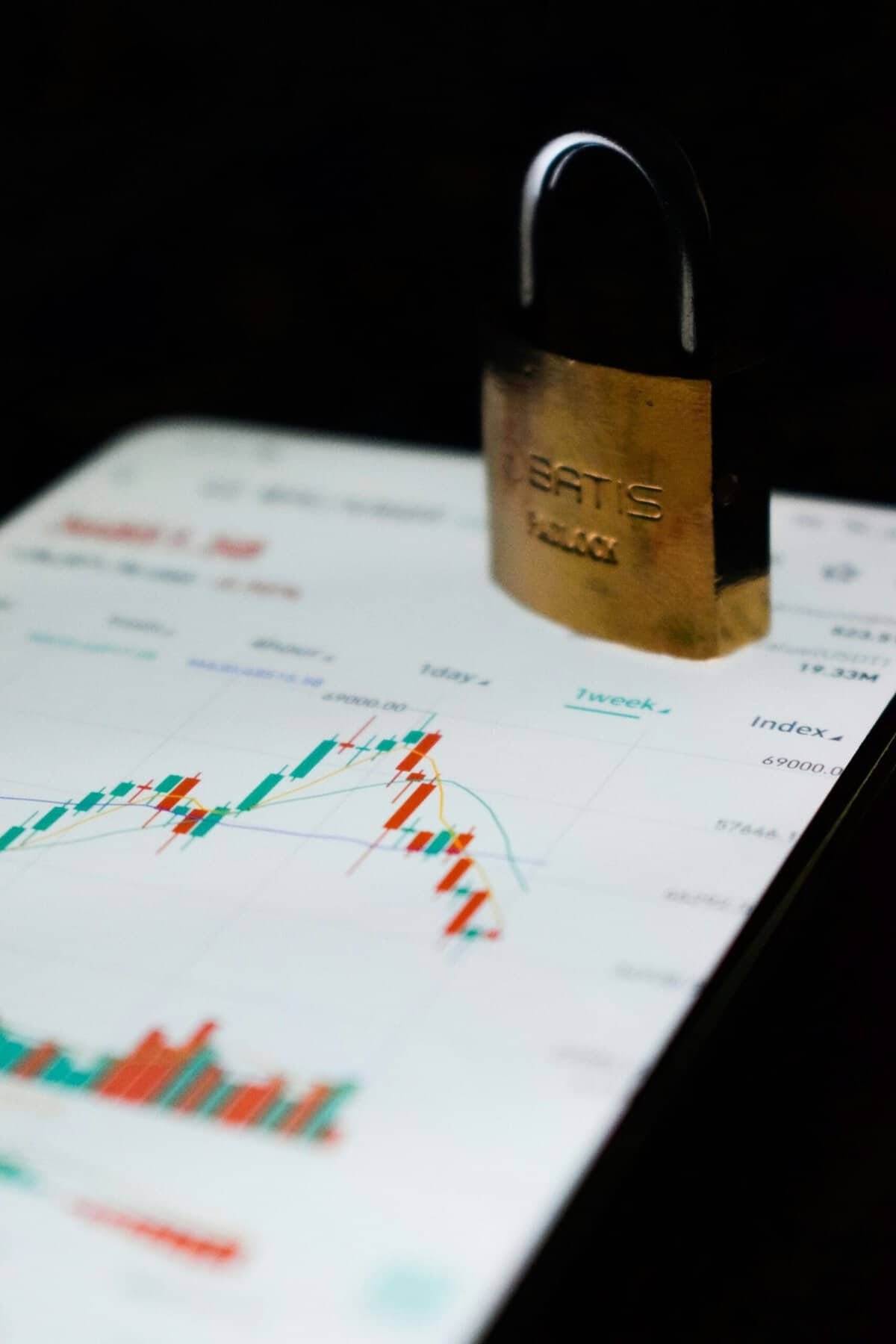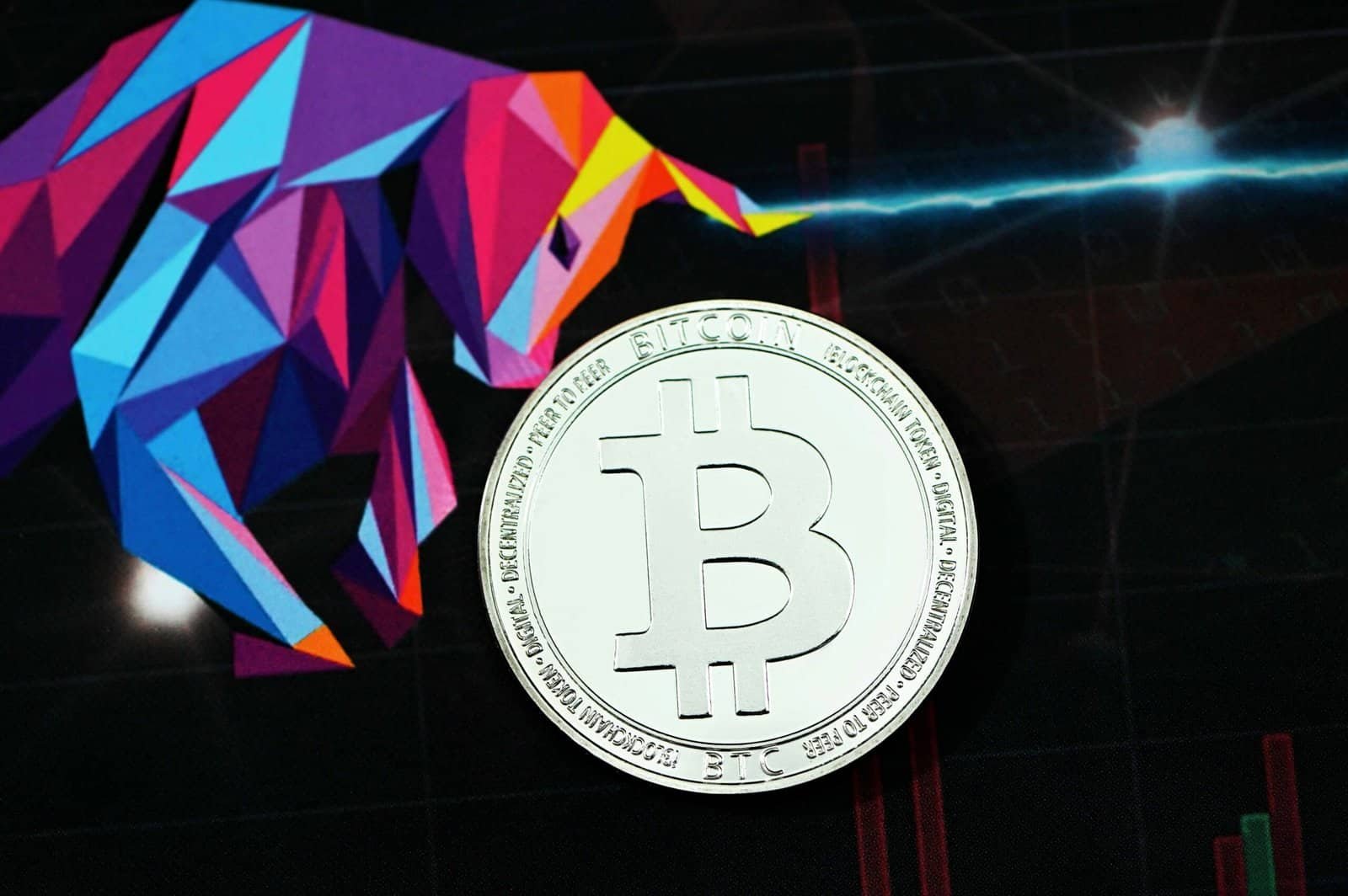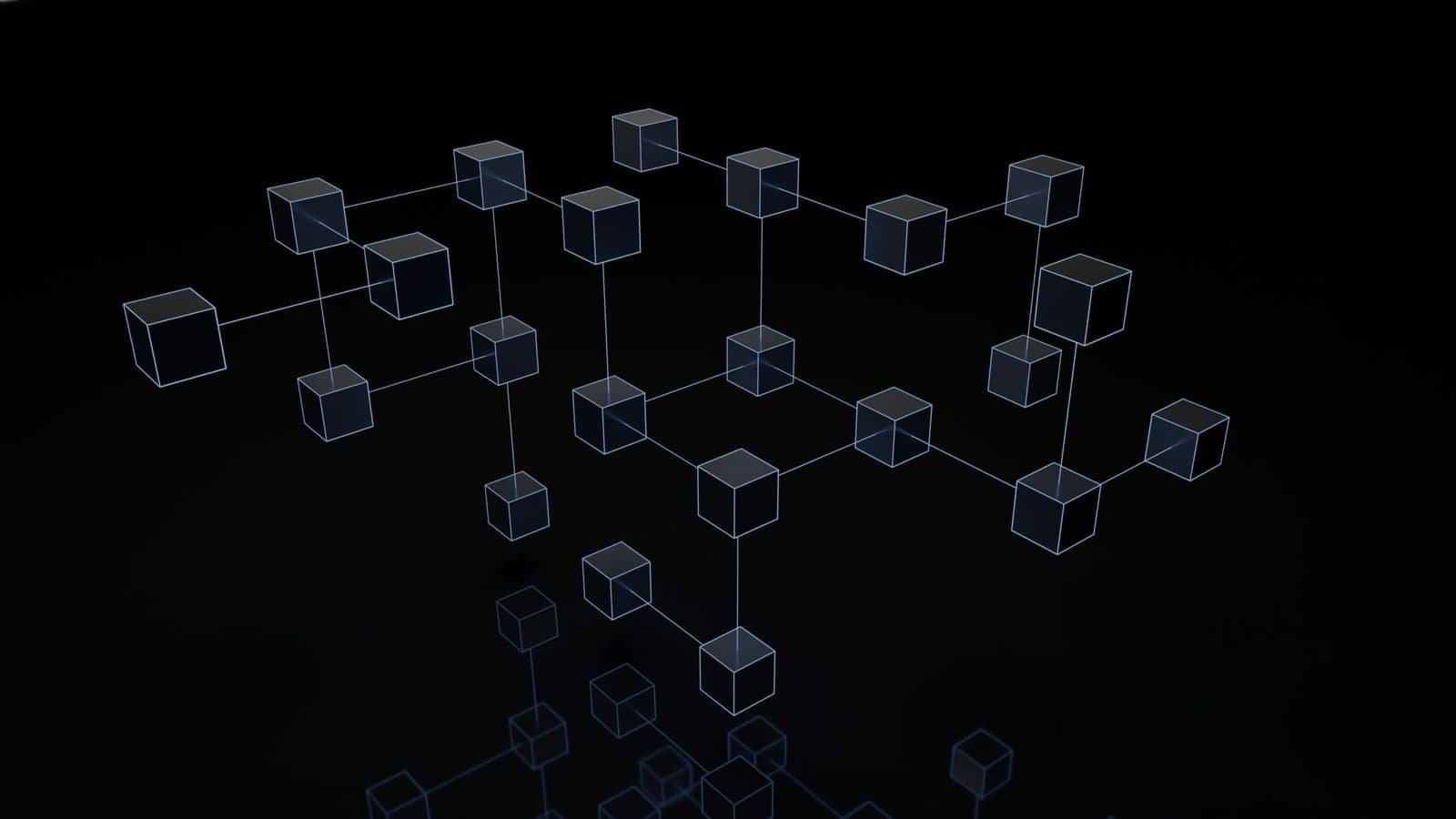Have you ever wondered how blockchain technology manages to process transactions securely and efficiently? If you’re familiar with Proof-of-Work (PoW) systems and the term “rollups,” you’ve might scratched your head a few times trying to connect the dots between them. Let’s embark on an engaging journey where we unravel how these concepts interconnect and the role they play in the blockchain realm.

Understanding the Basics: What Are Rollups?
Rollups have gradually become a buzzword in the blockchain community. But what exactly are they? In simple terms, rollups are scalability solutions designed to enhance the efficiency of blockchain networks by processing transactions off the main chain. They batch multiple transactions together, compressing them into a single transaction, which is then posted to the main blockchain. This process dramatically reduces congestion, lowers transaction fees, and increases throughput, making it a valuable tool for enhancing scalability.
Why Do We Need Rollups?
With the meteoric rise of cryptocurrencies and decentralized applications, blockchain networks have faced increasing demand. As more users join these networks, the need for quicker and cost-effective transaction processing has become more crucial. Rollups address these challenges by providing a system where transactions can be processed faster and in a more cost-effective manner without compromising security.
How Rollups Work
Imagine a highway and a service lane. The main chain is your highway, typically congested and with high tolls (transaction costs). Rollups act like the service lanes, where traffic is lighter, and tolls are minimal. Rollups handle transactions off the main chain, periodically submitting a batch of transactions back to the main chain. This action maintains the network’s security while easing congestion.
Two Main Types of Rollups: ZK Rollups and Optimistic Rollups
Rollups can be categorized into two principal types: Zero-Knowledge (ZK) Rollups and Optimistic Rollups.
ZK Rollups use cryptographic proofs known as zk-SNARKs to verify transactions, ensuring they are both valid and private. They excel in providing faster finality and higher security but can be computationally intensive.
In contrast, Optimistic Rollups take a slightly different approach. They assume that transactions are valid by default, only verifying them when there’s a challenge. This method reduces computational loads but can be slower, as it requires a dispute resolution period.
Exploring the Core Principle: Proof-of-Work (PoW)
Now that we’ve grasped the basics of rollups, let’s shift gears to explore Proof-of-Work (PoW), a foundational concept in blockchain technology.
The Crux of PoW
Proof-of-Work is a consensus mechanism that requires network participants to solve complex mathematical puzzles to validate transactions and add them to the blockchain. It’s a process that guarantees security by making it extremely costly for anyone to defraud the network.
PoW and Its Functionality
When engaging in a PoW process, miners compete to solve a cryptographic puzzle. The first miner to find the solution gets to confirm transactions and add the block to the blockchain. This process rewards the miner with cryptocurrency and ensures that all participants agree on the state of the blockchain.
The Benefits and Drawbacks of PoW
PoW is lauded for its security and simplicity, forming the backbone of many popular cryptocurrencies like Bitcoin. However, it also faces criticism for being energy-intensive and slow, sometimes leading to high transaction fees and delayed processing times.
Rollups in the PoW Environment
Having dissected both rollups and PoW, it’s interesting to see how they coexist and complement each other in the world of blockchain.
Bridging Rollups and PoW
While PoW is inherently secure, its efficiency is often challenged by scaling issues. This is where rollups make their entrance. By shifting a portion of transaction processing off the main chain, rollups lighten the load on PoW networks, helping them scale without compromising their security.
Benefits of Rollups in PoW Blockchains
Cost Efficiency: Rollups significantly reduce transaction fees by bundling multiple transactions into a single one.
Enhanced Throughput: They increase the transaction processing capacity, thus improving the user experience in terms of speed and efficiency.
Security: By periodically anchoring the rollup transactions back to the main chain, they provide security that’s backed by PoW without overburdening the network.
Potential Challenges
Implementing rollups isn’t without its challenges. From smart contract vulnerabilities to potential centralization risks, there’s a need for continuous development and innovation to mitigate these issues.
Delving Deeper: Technical Aspects of Rollups and PoW
For those who appreciate a detailed discourse, understanding the technicalities of rollups and PoW can be quite satisfying. Let’s demystify some of the complexities involved.
Mechanics of ZK and Optimistic Rollups
ZK Rollups: Function by generating succinct proofs that validate transaction batches. Once a proof is verified, it can replace a batch of transactions on the Ethereum main chain, ensuring both efficiency and privacy.
Optimistic Rollups: Rely on a challenge game model, where transactions are assumed to be legitimate unless disputed. This system relies on fraud proofs to maintain integrity while minimizing computational demands.
Behind the Scenes of PoW
The elegance of PoW lies in its cryptographic design, which promotes a fair, decentralized environment.
Hash Functions: PoW employs hash functions, typically SHA-256, to create unique identifiers for transactions. Miners must find a hash that meets the network’s difficulty level to add a new block.
Difficulty Adjustment: The network adjusts the difficulty of these puzzles regularly to ensure a steady flow of blocks over time, adapting to the number of participants and computing power.
Compatibility and Integration
Integrating rollups with PoW systems requires impeccable coordination and understanding of both technologies. Developers must ensure seamless communication between on-chain and off-chain processes, maintain system integrity, and prevent potential exploits.

Real-World Implementations and Future of Rollups and PoW
Both rollups and PoW continue to evolve, with fascinating real-world applications and future potentials on the horizon.
Prominent Projects Leveraging Rollups
Numerous blockchain platforms are harnessing the power of rollups to enhance their networks. Ethereum, for example, explores both ZK and Optimistic Rollups to improve its scalability and user experience while remaining secure.
The Transformation Path of PoW Networks
As environmental concerns and scalability issues weigh heavily on PoW, there’s a noticeable shift towards exploring hybrid systems. These systems could combine PoW with alternative consensus mechanisms like Proof-of-Stake (PoS) for a balanced approach to security and efficiency.
Looking Forward: The Future of Scalability and Security
The journey of blockchain scalability and security is far from over.
Innovations and Opportunities
Future developments may bring even more sophisticated rollup technologies and refined PoW integrations, enhancing the blockchain ecosystem’s adaptability and resilience. Stay tuned as these advancements unfold, potentially redefining how transactions are executed globally.
Reflection on the Journey
As we contemplate the transformative journey of rollups and PoW, it’s essential to appreciate their contributions to blockchain technology. Their ability to solve complex challenges paves the way for continued innovation, ensuring that the decentralized systems we rely on remain robust and future-proof.

Conclusion
In navigating the intricate lanes of blockchain technology, rollups and Proof-of-Work emerge as critical components fostering growth and adaptation. By understanding these mechanisms, you’re not just keeping pace with technology’s evolution but also participating in a global conversation about decentralization, security, and efficiency in digital networks. As you venture deeper into this digital frontier, let an inquisitive mind lead the way, always seeking to understand how technology continues to shape our world.

